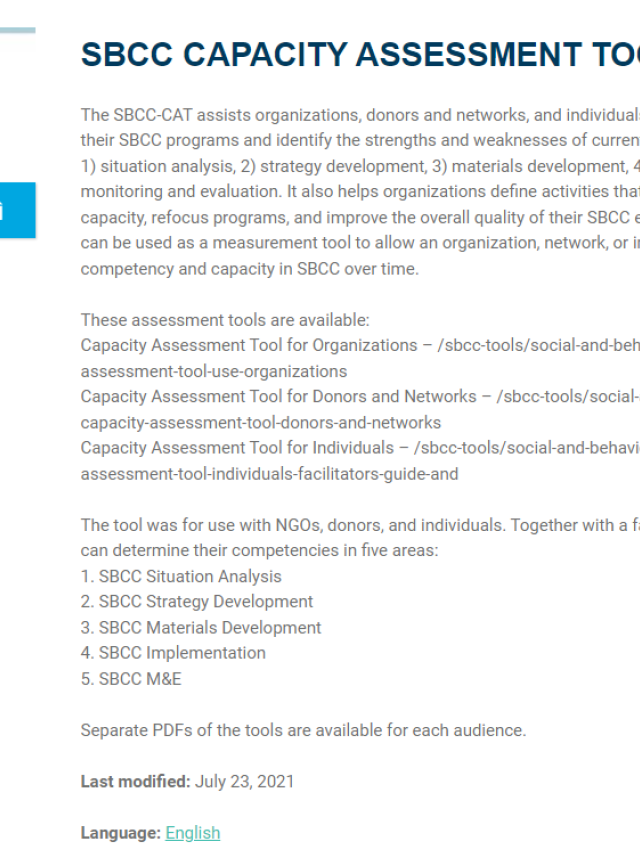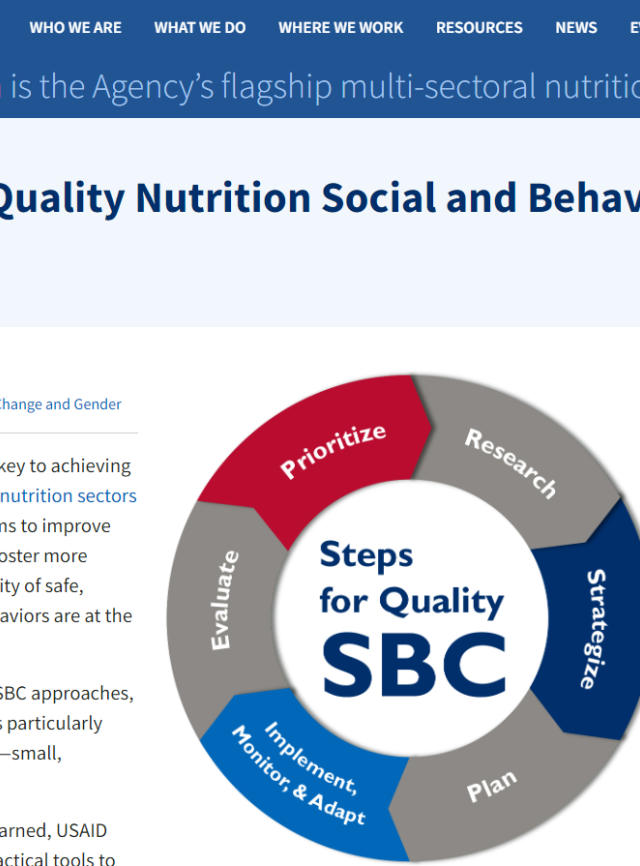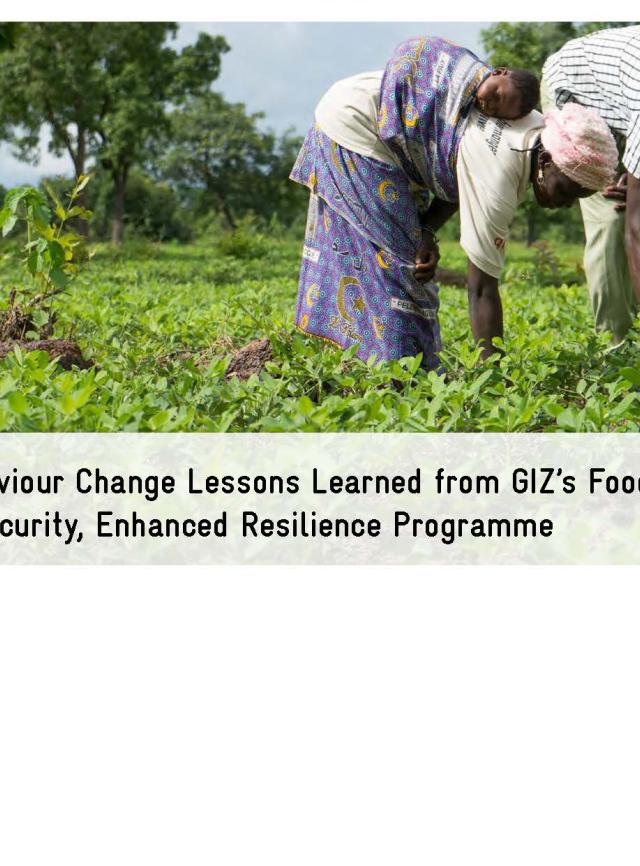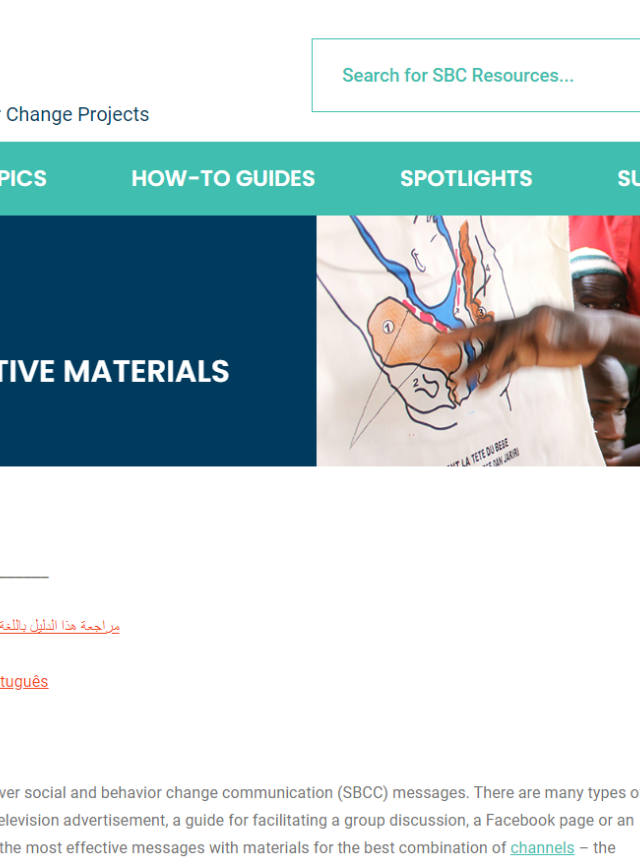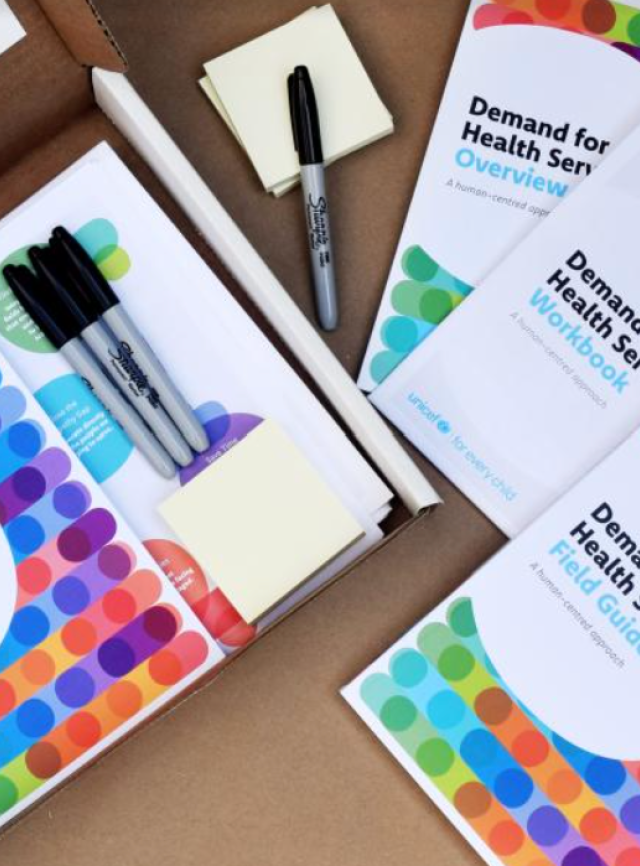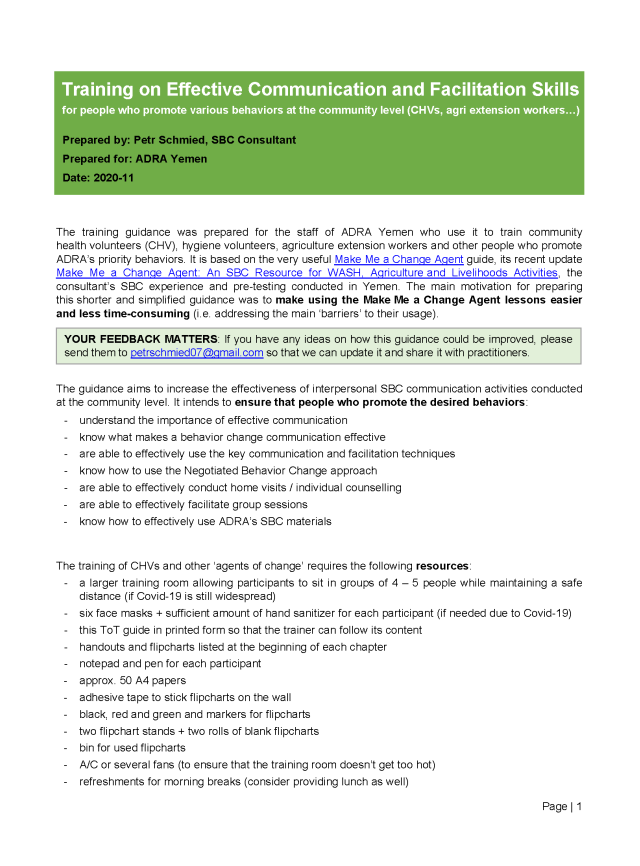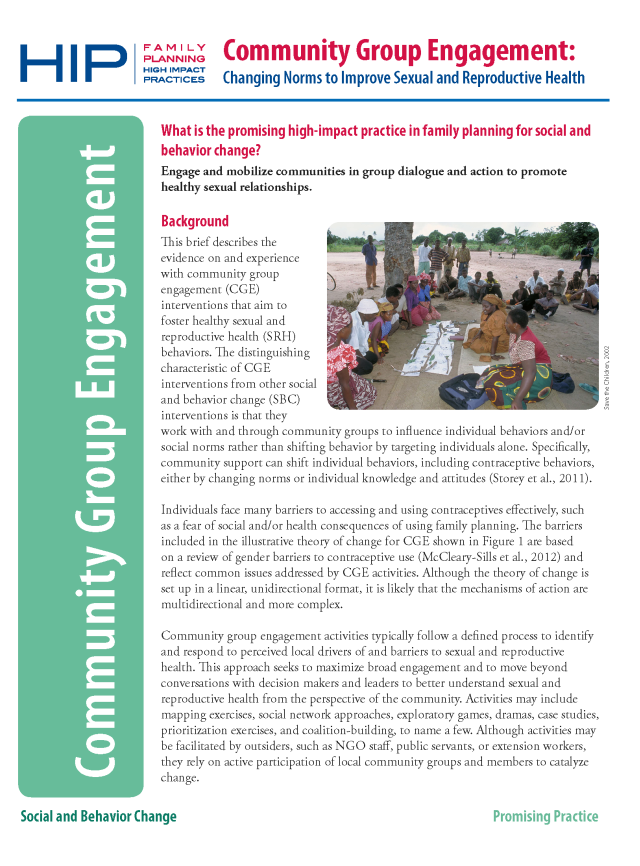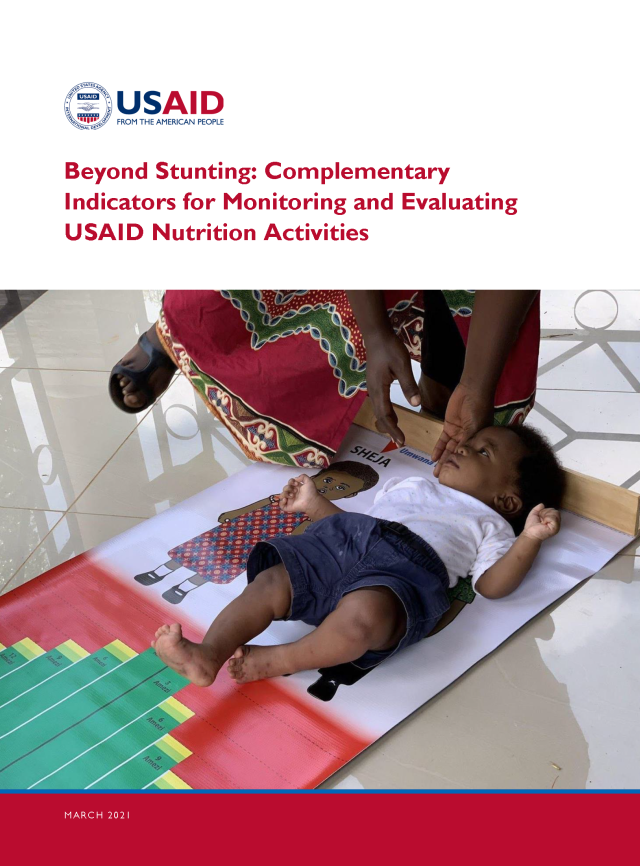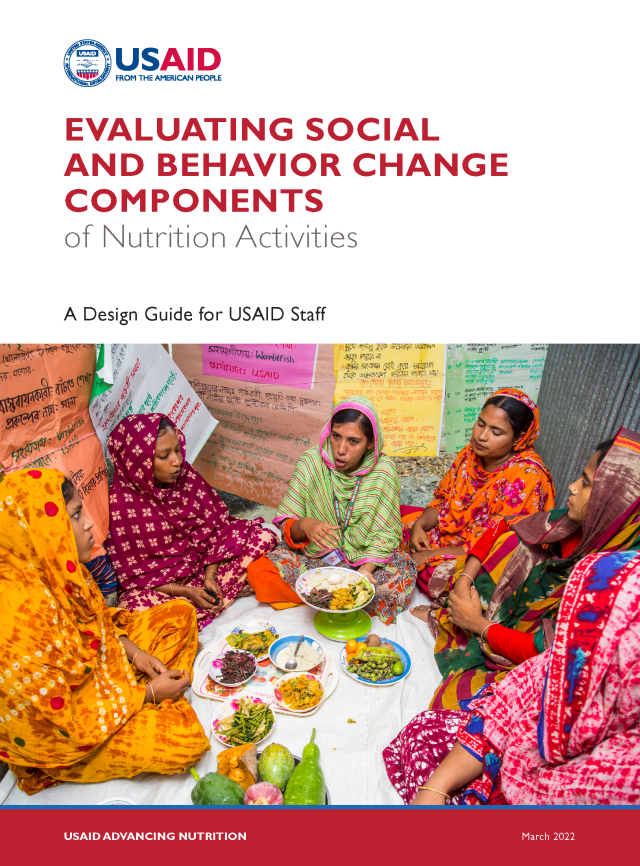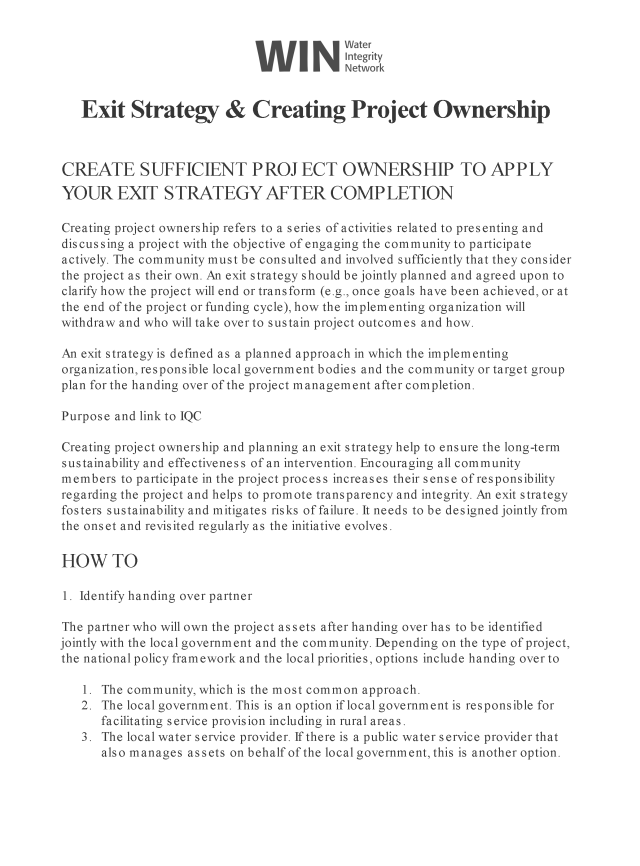
Social and Behavior Change
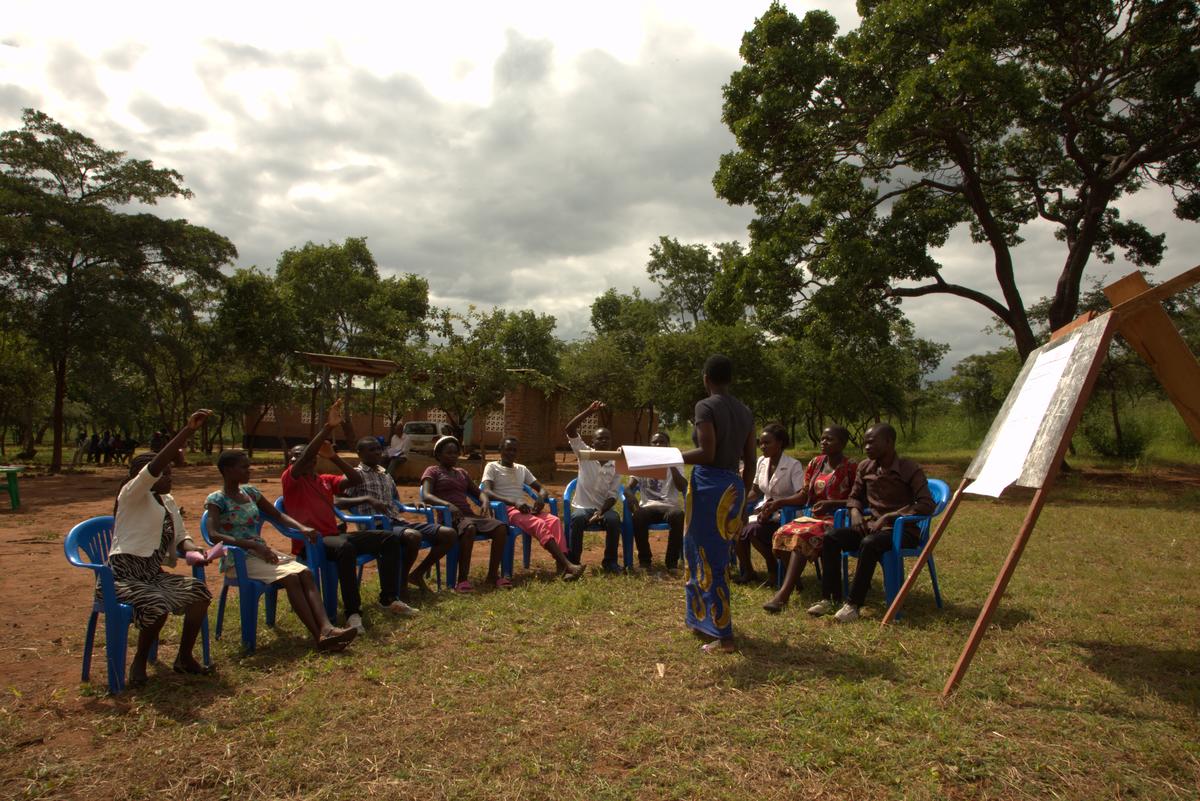
About this Collection
This collection of social and behavior change (SBC) resources is designed to improve SBC programming for resilience and food security activity (RFSA) implementers and SBC practitioners. The identified resources are complementary to the SBC Road Map, which lays out the main inflection and pain points for SBC along the respective USAID Bureau of Humanitarian Assistance-funded RFSAs proposal and program life cycles, together with relevant resources for each step.

Background
From 2021-2022, BHA’s Implementer-Led Design, Evidence, Analysis and Learning (IDEAL) activity conducted a series of virtual learning seminars and key informant interviews with SBC practitioners supporting BHA-funded RFSA and emergency activities in Burkina Faso, Madagascar, Malawi, Mali, Niger, Uganda, and Yemen in order to introduce the SBC Road Map and to better understand their personal challenges in executing key milestones along the SBC program cycle. Insights from these discussions were used to curate a collection of relevant tools, resources, and best practices to address the most salient challenges identified.
Proposal
Draft the SBC component during the proposal development stage, including a preliminary list of behaviors (4-5 behaviors per purpose/objective) and SBC indicators within the proposal theory of change draft.
Assessment
Assessment is the first phase of the RFSA program cycle that takes place during the Refine and Implement (R&I) year. During the R&I year, practitioners participate in an Inception Workshop, design and roll out formative research studies to validate assumptions in the theory of change and triangulate results. During the Inception Workshop led by BHA and Program Cycle Support (PCS), you will identify and present evidence and knowledge gaps from your technical application’s theory of change; present a list of four to five top-line priority behaviors per purpose area; and begin to develop and prioritize research questions to be included in Statements of Work (SOWs) that you will submit to BHA for approval. Once approved, practitioners will design research study protocols, obtain IRB approval, roll out studies, and triangulate results.
Behavioral Focus
Next, practitioners will use prioritized insights from the formative research studies to develop an integrated and iterative SBC strategy, linked to the project’s theory of change and sustainability strategy. After validation of the behavioral priorities and SBC activity/channel reach, the integrated SBC strategy is presented at the Culmination Workshop led by BHA and PCS at or before the end of the R&I year. The project will also assess staff and partner SBC capacity needs and provide ongoing, demand-driven SBC capacity development throughout the life of the activity.
Creative Process
After the development and validation of the integrated SBC strategy during the R&I year, you will engage in SBC implementation planning and work collaboratively with a creative agency to support participatory SBC materials (e.g., job aids, posters, manuals) and platform development (e.g., care groups, community action groups, roadshows, interactive voice response) and testing with communities, government stakeholders, and the Project’s thematic leads. Note, developing materials across all Project purposes by the SBC team will generate economies of scale and save cost.
Delivery
After the creative process and materials testing and production, operationalize the integrated SBC strategy. During this stage, continue project staff and partner SBC capacity development and progressively roll out the SBC strategy activities and distribute material as per the project’s detailed implementation plans and timelines. Each program year, use project monitoring results and other data to coordinate with all project purposes to refine and adjust the integrated SBC strategy and activities as part of the project’s adaptive management and people-centered approach.
Evaluation
The project midterm evaluation will assess the effectiveness of SBC strategy implementation and progress achieved on the project’s SBC indicators (e.g., reach, exposure, intensity, and dosage) midway through the project lifecycle. Insights from the midterm evaluation are used to refine the integrated SBC strategy and inform the project’s adaptive management approach.
Exit/Handover
Throughout the project life cycle and, most critically, during the final program year, practitioners will continue to support the roll-out of the project’s sustainability and localization strategies. During this phase, conclude SBC capacity strengthening and facilitate transition of SBC materials and platforms to local entities that will continue intervention implementation beyond the formal conclusion of the project.


